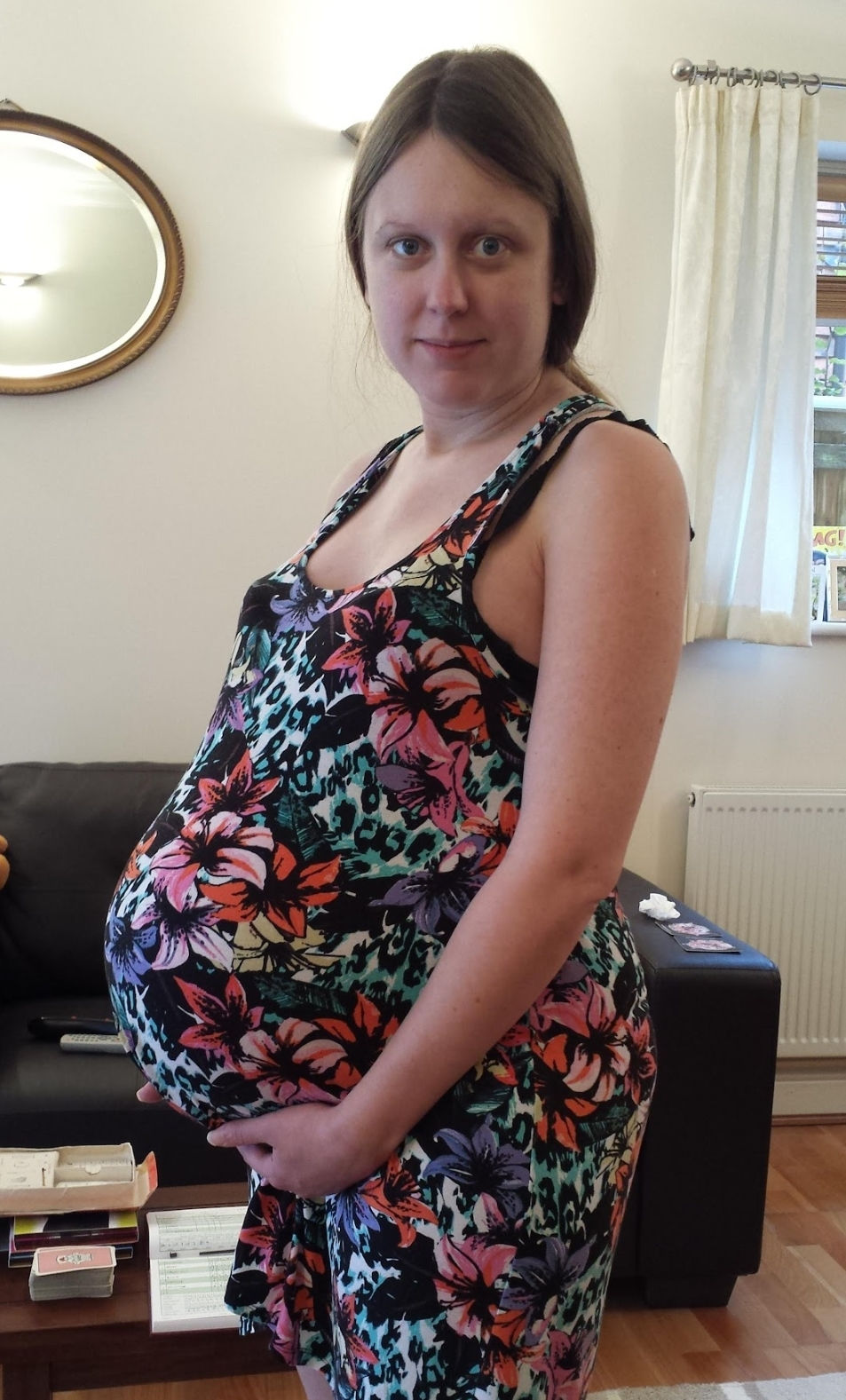Birth Centre, Labour Ward or Home Birth, How Do I Decide Where To Give Birth?
- Rebecca Mills
- Sep 7, 2023
- 5 min read
When it comes to deciding where to give birth, there are a number of factors to consider. While hospitals have traditionally been the default location for childbirth, an increasing number of families are exploring the option of home births. Both options have their merits and drawbacks, and the choice ultimately depends on your individual circumstances, preferences, and risk factors. In this blog post, we will explore the factors to consider when choosing between a hospital birth and a home birth, helping you make an informed decision.

Understanding Hospital Births
Some maternity units will have the choice of either a birth centre or the labour ward (delivery suite/obstetrics unit)
The birth centre is a more midwife led unit and is a less medicalised environment. Usually the rooms are designed to feel like a ‘home from home’ environment. This helps to create a calmer, relaxed environment.
Each room is usually equipped with a birth pool too which gives mum’s-to-be the option to use the birth pool as a natural pain relief option or water birth.
Most medicated pain relief options (such as gas and air and opioids injections) are usually available in the birth centre, except for epidural which can only be administered in the labour ward.
The labour ward is a more medicalised environment and is both midwife and obstetric led. Usually the labour ward is suggested if a pregnancy is deemed as ‘high risk’ or perhaps complications arise during labour and mum and baby need to have extra monitoring.
Some hospitals are adapting rooms in the labour ward to try and create same environment as a birth centre, either by including fairy lights, mood lightning or murals on the walls.
If you are looking at a hospital birth, here are some advantages and disadvantages to consider:-
Advantages of Hospital Births:
Medical Expertise: Hospitals provide immediate access to medical professionals, including obstetricians, neonatologists, and anaesthetists, who can address complications or emergencies promptly.
Advanced Equipment: Hospitals are equipped with state-of-the-art medical technology and facilities, including operating rooms, incubators, and specialized equipment to manage high-risk pregnancies and birth complications.
Pain Management Options: Hospitals offer a wide range of pain management options, from epidurals to pain relief medication, to help manage the discomfort of labour (however home birth midwives also carry pain management options which are used in hospital except for epidural)
Peace of Mind: Many parents feel reassured by the presence of medical professionals and advanced medical interventions available in a hospital setting.
Drawbacks of Hospital Births:
Medical Interventions: Hospitals often have higher rates of medical interventions like inductions, episiotomies, and caesarean sections, which may not be medically necessary.
Limited Autonomy: Hospital policies and procedures may limit your choices during labour and birth, such as restricting movement or labouring in specific positions.
Environmental Factors: Hospital rooms may lack the comforts of home, making it challenging to create a relaxed and familiar atmosphere.
It’s worth noting that any birth environment can be adapted to make it a more relaxing and calming environment. If you are giving birth in the labour ward, take your own comforts from home and bring along your own lights, led candles, mood lighting, pictures etc and make it an environment which is comfortable for you. The more comfortable and relaxed you feel, the more oxytocin you will produce!
Exploring Home Births
Home births are becoming more and more popular and there are certainly big advantages as to why this is.
When in your home environment, you are more likely to feel relaxed and comfortable and stay calm during your labour.
Being able to labour at home without being disturbed or having to change location helps to keep in the zone and stay in that calm mindset, allowing the body to progress and labour continuously.
Home birth midwives are also able to bring with them a number of pain relief options such as gas and air, opioids. Many women also opt to have a birth pool at home and have a water birth as a comfort measure.
If you are considering a home birth, here are some advantages and disadvantages to look at:-
Advantages of Home Births:
Comfort and Familiarity: Home births allow you to labour and give birth in a familiar and comfortable environment, potentially reducing stress and anxiety.
Personalised Care: Midwives and home birth practitioners offer personalised care, focusing on your preferences and providing continuous emotional support throughout labour.
Freedom of Choice: Home births often allow for greater autonomy in decision-making regarding birthing positions, pain management, and other aspects of the birthing process.
Lower Intervention Rates: Home births typically have lower rates of medical interventions, such as inductions and caesarean sections, which can contribute to a more natural birth experience.
Drawbacks of Home Births:
Limited Access to Medical Intervention: In the event of complications, access to medical interventions may be delayed, which could pose risks to both the birthing person and the baby (however when looking at a local Trust’s statistics, the biggest reason for transfer to hospital was not a medical emergency but down to choice such as wanting an epidural, or perhaps mum and baby needing extra attention/monitoring after birth).
Emergency Preparedness: While midwives are trained to handle emergencies, they may not have access to the same level of medical equipment as a hospital.
Making the Decision
When deciding between a hospital birth and a home birth, it’s important to use B.R.A.I.N.S to help make the decision. Look at the risks and the benefits, look at any alternative options and go with your gut feeling, only you will know what feels right once you gather all the information and evidence and speak to midwives/consultants.
Other factors you can consider when making a decision can include:
Health and Risk Factors: Assess your health, pregnancy history, and any potential risk factors. Consult with your healthcare provider to determine if you are a suitable candidate for a home birth.
Comfort Level: Reflect on your personal preferences and comfort levels. Where do you feel most relaxed and in control?
Support System: Consider the availability of a support system, including a partner, family, or doula, who can assist you during labour and birth.
Local Regulations: Research the legal and regulatory requirements for home births in your area, as well as insurance coverage.
Emergency Plans: Develop a clear plan for transferring to a hospital in case of complications during a home birth.
In Conclusion
The decision of where to give birth is deeply personal and should be based on your unique circumstances and preferences. Both hospital births and home births have their advantages and drawbacks, and what matters most is ensuring the safety and well-being of both you and your baby. Seek guidance from healthcare professionals and make an informed choice that aligns with your values and comfort level.
Ultimately, a positive birth experience is one where you feel empowered, supported, and in control, regardless of the location you choose.
Myself and Emma (from Calm Mama Collective) record a local podcast called ‘The East Surrey Bump to Baby’, which is available to listen to on Spotify, Apple and Google podcast platforms.
We have recently recorded an episode all about this topic. If you would like listen please click on the below link or search ‘The East Surrey Bump to Baby’ on your podcast streaming platform.




Comments